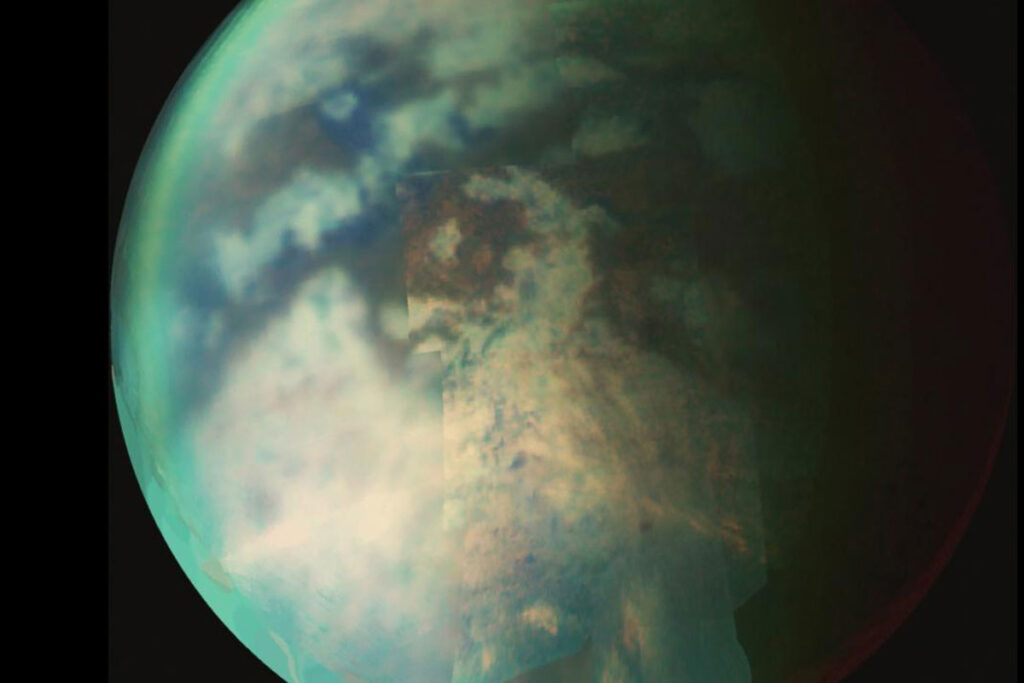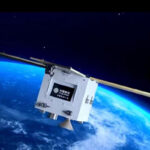However, research from the University of Ontario has revealed disappointing evidence. The researchers tried to estimate the number of comets hitting the moon per year and the amount of organic matter transferred to the subsurface ocean as a result of these impacts. According to the findings, the amount of glycine (the simplest amino acid) transferred to the subsurface ocean was only 7,500 kg or the same weight as an adult elephant. According to bioastronomer Catherine Nish:
The volume of glycine equivalent to one elephant per year in an ocean 12 times the volume of Earth’s oceans is not enough to sustain life. In the past, it was often thought that water equals life, but the fact that life needs other elements, especially carbon, was ignored. This research shows that transferring carbon from Titan’s surface to its subsurface ocean is a difficult task.
Considering the fact that Titan has more surface biomaterials than the other icy moons of Saturn and Jupiter, the new finding could change the way we look at the search for life in the rest of the solar system; Therefore, we should moderate our optimism when looking for extraterrestrial life forms in the solar system. The scientific community is excited about finding life on icy worlds in the outer part of the solar system, however, this possibility has decreased based on the new finding.
The probability of finding life in the icy moons of the solar system is low
However, there is still room for hope. If there is more organic material on the surface than estimated, or if the organic material comes from the core or other processes move organic material from the surface to the subsurface ocean, then there is still hope for life.
“Determining the bio-composition of Titan’s organic-rich surface is impossible with only telescopic observations, despite the atmospheric barrier,” Nish says. That’s why we have to land there and sample the surface so we can determine the composition there.”
Fortunately, NASA is going to send the Dragonfly probe to Titan in the not too distant future. Nish, which is part of the Dragonfly group, believes that this research will help identify attractive landing spots. If all the molten material from the collisions sinks into the ice crust, we will have no samples near the surface where water and organic matter have combined. Instead, the dragonfly can search for the products of those prebiotic reactions in these areas, giving us valuable information about how life might have emerged.
The research results regarding the habitability of Titan’s surface ocean are more pessimistic than before; But on the other hand, they show that there are more interesting prebiotic environments near the surface of Titan that can be sampled by Dragonfly.
Research findings in Journal of Astrobiology It has been published.



